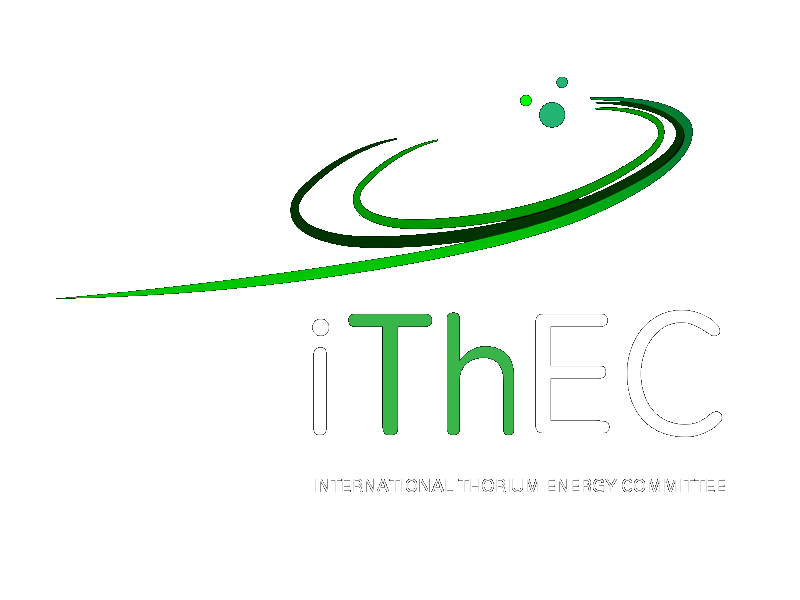Accelerator Driven Systems
Focus on ADS
ADS—central to iThEC’s mission—are subcritical nuclear systems driven by high-power proton accelerators that can efficiently destroy transuranic elements and potentially long-lived fission products, as envisaged in Carlo Rubbia’s Energy Amplifier concept. Technical studies from CERN-affiliated researchers describe the accelerator, spallation target, and fast-neutron subcritical core that underpin nuclear waste-transmutation performance in such systems, alongside key proof-of-principle experiments like FEAT and TARC at CERN. Broader analyses of accelerator-driven transmutation also examine liquid-lead or lead–bismuth coolant choices, windowed vs windowless target designs, and neutron-spectrum effects relevant to transmutation rates and system design.
Energy Amplifier Roots
Rubbia’s Energy Amplifier proposed a proton driver at 0.8–1 GeV feeding a heavy-metal spallation target coupled to a thorium-fueled, lead-cooled, fast-spectrum subcritical core, with energy gain sufficient to power the accelerator and generate net electricity while remaining subcritical. Early experiments at CERN, including FEAT and TARC, demonstrated energy amplification in a subcritical assembly and spectrum-shaping in lead to enhance capture in specific fission fragment nuclides such as 99Tc and 129I, thereby informing ADS transmutation strategies.
Accelerator Requirements
The ideal driver is a continuous-wave proton accelerator delivering protons in an energy range from hundreds of MeV to ~1.5 GeV at multi-milliamp current, with stringent reliability to minimize beam trips that would thermally fatigue targets and core structures.
Spallation Target Choices
Heavy liquid metals (lead or lead–bismuth eutectic, LBE) are favored for their high spallation neutron yield, heat removal, and compatibility with windowless operation given their very low vapor pressure at operating temperature.
Demonstration Programs
- MYRRHA (Belgium): an ADS research infrastructure targeting ~100 MWth with a 600 MeV linac, stringent beam-trip limits, and heavy-liquid-metal technology maturation including windowless target R&D (VICE) and coolant chemistry programs.
- C ADS (China): a staged 1.5 GeV, 10 mA CW linac with redundancy and fault tolerance, leading to a 1000 MW ADS transmutation demonstrator.
- J PARC TEF (Japan): the Transmutation Experimental Facility with TEF P (physics with 10 W beam) and TEF T (LBE target at 400 MeV, 250 kW) to qualify ADS physics, materials, and liquid metal target operation toward system-scale demonstrations.
- MEGAPIE (PSI): a 1 MW class LBE spallation target operated on a 575–590 MeV proton beam, proving liquid-target feasibility, high neutron flux, and operations relevant to ADS-scale targets.
Industrial programs
- C ADS (China): a staged 1.5 GeV, 10 mA CW linac with redundancy and fault tolerance, leading to a 1000 MW ADS transmutation demonstrator.
- TRANSMUTEX SA (Switzerland): created in 2019, a 600 MW thermal system driven by a proton beam of 800 MeV for a current of 5 mA. A first commecial ADS in the western world.
- Newcleo SA: an international company based in France, founded in 2021 to develop MOX fuelled, lead-cooled fast reactors
Transmutation Performance
CERN's TARC showed spectrum tailoring in lead matrices to enhance capture on long-lived fission products fragments such as ¹²⁹I, illustrating ADS-relevant approaches for LLFF management. Modern analyses of LLFP assemblies in fast-spectrum systems report transmutation rates on the order of a few percent per year for nuclides such as ⁹⁹Tc and ¹²⁹I, with effective half-lives reduced to decadal scales under continuous irradiation.
Operations and Safety
A defining safety feature is subcriticality: turning off the beam halts prompt fission power, simplifying shutdown and making reactivity-insertion accidents intrinsically impossible contrary to critical systems. However, minimizing beam trips is essential to avoid cyclic thermal stresses and to sustain availability, which drives accelerator reliability, redundancy, and local-compensation designs unique to ADS service.
Integration with Thorium Cycles
In thorium-based ADS cores, spallation neutrons both sustain fission in actinides and convert ²³²Th to ²³³U, realizing system's fertile-to-fissile breeding while keeping the core subcritical and fast-spectrum for efficient transmutation of minor actinides. Designs explore startup fissile inventories (e.g., ²³³U or ²³⁹Pu) and subsequent in-situ breeding to close the thorium fuel cycle under externally driven, subcritical conditions.
Key Challenges and R&D Priorities
Priority topics include high-MTBF CW linacs with <10 long beam trips per quarter, robust LBE/lead chemistry control, polonium management, validated windowless target hydrodynamics, and qualified MA-bearing fuels and claddings for fast-spectrum operation in a heavy metal environment. Coordinated programs across MYRRHA, C ADS, J PARC TEF, and legacy MEGAPIE data underpin the current pathway from component validation to integrated ADS demonstration at meaningful thermal power.
